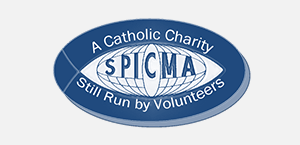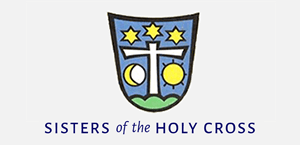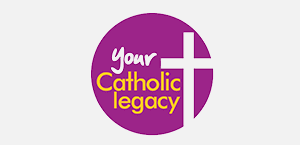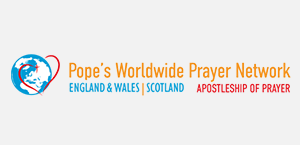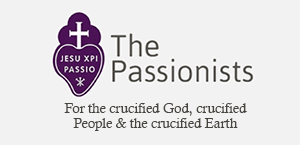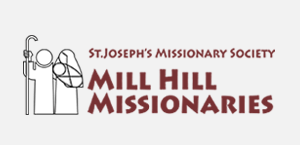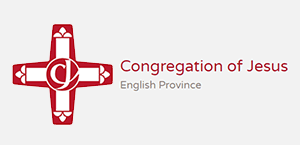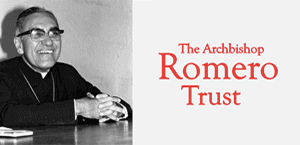Gospel in Art: Our Lady of the Rosary
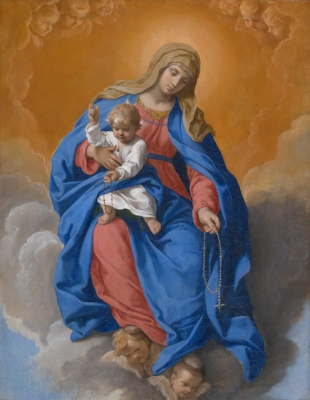
Our Lady of the Rosary, by Simone Cantarini, 1640 © Fondazione Brescia Musei, Brescia, Italy
Source: Christian Art
Gospel of 7 October 2023
Luke 10:17-24
The seventy-two came back rejoicing. 'Lord,' they said 'even the devils submit to us when we use your name.' He said to them, 'I watched Satan fall like lightning from heaven. Yes, I have given you power to tread underfoot serpents and scorpions and the whole strength of the enemy; nothing shall ever hurt you. Yet do not rejoice that the spirits submit to you; rejoice rather that your names are written in heaven.'
It was then that, filled with joy by the Holy Spirit, he said:
'I bless you, Father, Lord of heaven and of earth, for hiding these things from the learned and the clever and revealing them to mere children. Yes, Father, for that is what it pleased you to do. Everything has been entrusted to me by my Father; and no one knows who the Son is except the Father, and who the Father is except the Son and those to whom the Son chooses to reveal him.'
Then turning to his disciples he spoke to them in private, 'Happy the eyes that see what you see, for I tell you that many prophets and kings wanted to see what you see, and never saw it; to hear what you hear, and never heard it.'
Reflection on the painting
Today we celebrate the memorial of Our Lady of the Rosary. We like to pray to Our Lady indeed. Nr. 2682 of the Catechism of the Catholic Church states it so beautifully: 'Because of Mary's singular cooperation with the action of the Holy Spirit, the Church loves to pray in communion with the Virgin Mary, to magnify with her the great things the Lord has done for her, and to entrust supplications and praises to her.' The Rosary invites us thus to reflect on the great mysteries of the life, death and resurrection of Jesus.
The exact origin of the rosary as a prayer is not very clear and a subject of debate among scholars. The use of knotted prayer ropes in Christianity goes back to the Desert Fathers in the 3rd and 4th centuries. These counting devices were used for prayers as part of Christian monasticism. The period after the First Council of Ephesus in 431 (which declared Mary as Theotokos, Mother of God) witnessed gradual growth in the use of prayers addressed to Mary and it is believed that in this period knotted ropes started being used to help with meditation.
Also worth noting is the overlap between the rosary and the 150 psalms. Monks in early Christian monasticism used the prayer ropes to pray the 150 psalms. Lay people wanted to replicate this practice, but as they could not read or write, they were not in a position to recite the psalms. Hence, they started repeating the Our Father and Hail Mary. When we pray the rosary and its Joyful, Sorrowful and Glorious mysteries (each containing 50 Hail Mary's), they also total 150. Again, the origin of the rosary is part of some speculation, but to me this version of events seems plausible.
According to a Dominican tradition, in 1208 the rosary was given to Saint Dominic in an apparition by the Blessed Virgin Mary in the church of Prouille. Dominic was attempting to convert the Albigensians back to the Catholic faith. The young priest had little success until one day he received a vision of the Blessed Virgin, who gave him the rosary as a tool against heretics. This Marian apparition received the title of Our Lady of the Rosary. Our beautiful painting by Cantarini shows Our Lady and the Christ child holding rosaries and handing them down to the faithful.
LINKS
Gospel in Art: https://christian.art/
Today's reflection: https://christian.art/daily-gospel-reading/luke-10-17-24-2023/









